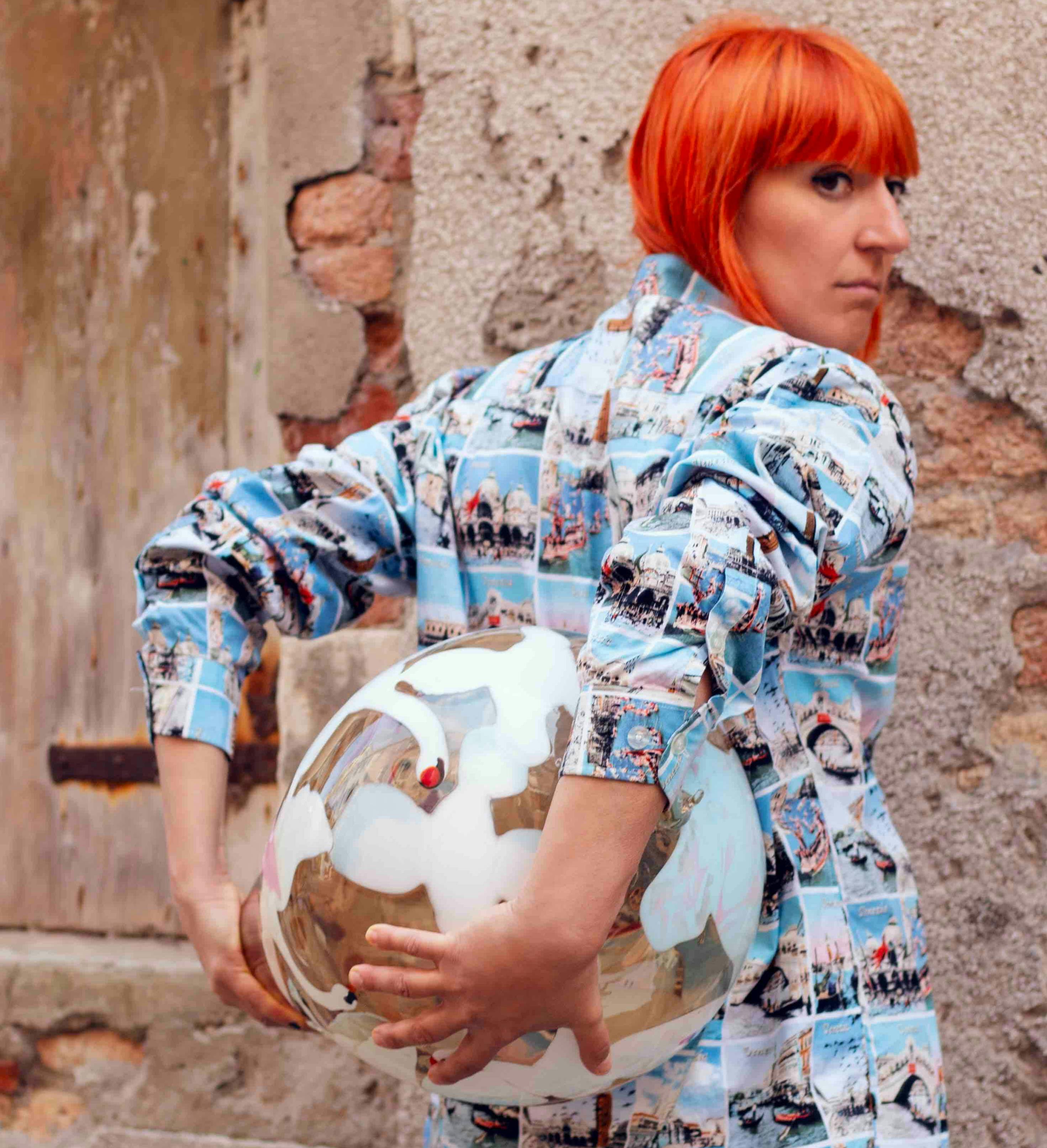“primavera” takes its name from Arcimboldo’s eponymous painting. In his portrait, a woman’s face is composed entirely of flowers, leaves, and plants, symbols of rebirth and renewal. In this interpretation, “primavera” marks the intersection between two ongoing projects: “The Gatherings of Glass Animals” and the “Teste Composte” mirrors (inspired by Arcimboldo’s paintings).
Glass flowers, swirls, and rosettes, motifs historically tied to Venetian mirror-making, are gathered into molten glass, where they fuse, drift, and transform. Some embody techniques and forms passed down since the 1800s; others are reimagined through a vivid, contemporary use of colours, opening a dialogue between memory and invention.
This work goes beyond reinterpreting tradition. It deliberately draws on a visual language that is widely recognised and culturally familiar, only to shift the perspective, juxtaposing vocabularies, layering positions, and driving the emergence of new meanings. Ornament becomes a means of questioning conventions, transforming the familiar into the unexpected. Like the Teste composte mirrors, these lamps play with ornamentation while proposing a shift in perspective.

